Review: Asus PadFone X for AT&T
Media
The PadFone X covers the basics as far as media is concerned. The age-old Google Play Store and associated apps on on board. So is the Android YouTube app. They function as you'd expect them to. AT&T managed to leave its radio and live TV apps off the PadFone, thank goodness, but there are a couple of extras.
First is Beats Music. The Beats Music app is the only streaming music service installed on the phone. It's actually a very good service (rivaling Pandora and Spotify), and offers an incredible selection of music.
The PadFone also includes a tool called AudioWizard. This app will likely be ignored by most people save for audiophiles. It lets you create individual audio profiles for all the different media apps on the phone, including the music player, YouTube, video player, and so on. It's fairly intuitive and let me dial in settings that made my music sound how I want it to sound. Score.
For my money, video looks better on the PadFone itself than it does through the Station. The tighter pixel density and better brightness of the handset's display makes a huge difference to me. I mean, if size trumps quality in your book, then go ahead and watch your movies on the Station. However, I found the PadFone+Station too heavy to hold for long. There's no way I could watch an entire two-hour movie with the PadFone.
Camera
Asus appears to have borrowed a page from Samsung when it comes to the camera app. To my eyes, it strongly resembles the shooters created by Samsung for devices such as the Galaxy S 4. That aside, the camera app is brimming with tools, functions, and settings for maximizing the potential results.
The basic viewfinder is chock full of buttons and controls, almost to the point of distraction. A strip of icons runs down the left edge of the screen. These let you toggle the flash, user-facing camera, as well as select filters, and the full settings. On the right edge, you'll find separate buttons for capturing pictures and video, allowing you to take pictures when recording video if you want.
There are also buttons for different shooting modes. There are nine shooting modes: normal, HDR, panorama, beautification, night, smart remove, all smiles, GIF, and selfies. These all work as you'd probably expect them to. The “smart remove” feature lets you edit out photo-bombers, provided you were prescient enough to turn on smart remove in the first place. The settings tools are fairly typical and none really stand out as unique. Instead, the PadFone offers all the same tools found on most of today's flagship devices.
The camera operates quickly enough. I didn't notice any performance problems. Further, the camera works exactly the same when the phone is docked in the Station.
Photos
The PadFone X has a 13-megapixel sensor and I found picture quality varied widely. Pictures taken outdoors, especially under a sunny sky, were consistently good. Focus, white balance, and exposure all came together in a pleasing combination with a bright yellow sun overhead… most of the time. Every now and then the PadFone just completely borked everything despite nearly perfect conditions (see red flower below). The PadFone doesn't have a dedicated camera button, but does let you choose what part of the scene you want the phone to focus on. Indoor shots are not quite as awesome as those taken outside and are more prone to be borked. Grain litters images like a PhotoShop effect run amok. The flash helps every so often.
Video
Asus was thinking ahead — perhaps too far ahead — by including 4K video capture on the PadFone X. Unless you have a 4K TV at home, skip it and stick to 1080p HD, which offers plenty of resolution for the average video maker. I was generally pleased with the PadFone X's video. The results were consistently better than those achieved by the camera, with focus, white balance, and exposure accurate most of the time. Most people can rely on the PadFone X to capture the bulk of their video.
Gallery
The PadFone's gallery app is a variant of the standard Android gallery app. It has all the same features, but looks slightly nicer thanks to the fonts/colors picked by Asus. I didn't have any trouble managing my various photo albums (camera roll, online, Facebook, etc.) or editing/sharing individual photos. You can apply some basic edits, such as crop, rotate, red-eye reduction, and use filters to adjust the tone of your photos. The Google-made Photo+ app is not installed. The PadFone also includes the aging Movie Studio app for piecing together videos, if you wish.
It is handy to be able to plop the PadFone into the Station for viewing photos and short videos on the larger screen, I'll give the PadFone that.
Apps
Holy Zombies are there a lot of AT&T apps preinstalled. Such bloatware, much wasted space. You can hide the apps, but not uninstall them. The only useful ones, in my opinion, are Drive Mode, Mobile Hotspot, and the Usage Manager, which lets you view data, battery, and storage statistics. I can do without Yellow Pages, Family Map, Locker, Ready2Go, Digital Life, and others.
Bluetooth
The PadFone X supports a typical set of Bluetooth profiles, and I didn't have any trouble connecting it to other phones, tablets, PCs, and speakers/headsets. I was able to pass phone calls to my car's hands-free system, but it was hardly worth the effort. Call quality was atrocious. Music sounded excellent when passed to my favorite Bluetooth speaker, though I've heard better. (The PadFone X doesn't support the highest-quality stereo Bluetooth profile, sadly.) Otherwise the Bluetooth radio didn't offer any surprises.
Browser
The PadFone includes the stock Android browser and Google's Chrome browser. Both are decent for browsing the web, though I tend to prefer the tools and functionality of Chrome. Web pages in the stock browser look more or less the same and load in about the same time as they do in Chrome. Browsing is quickest over Wi-Fi, but also still reasonably good over AT&T's wireless network. Having the large screen of the Station available for browsing is definitely a bonus.
Clock
The PadFone has a large, white digital clock at the top of the lockscreen. The clock also includes the weather. As far as I can tell, there's no way to change or alter the clock's appearance. It's plainly visible most of the time, except under the brightest sun.
GPS
Surprisingly, AT&T left AT&T Navigator off the PadFone X. The phone has but Google Maps for navigation and location-based searching. Of course, that's not a problem, given Google Maps' prowess at these tasks. The PadFone's GPS radio worked well with Google Maps and was able to pinpoint my location quickly and accurately.


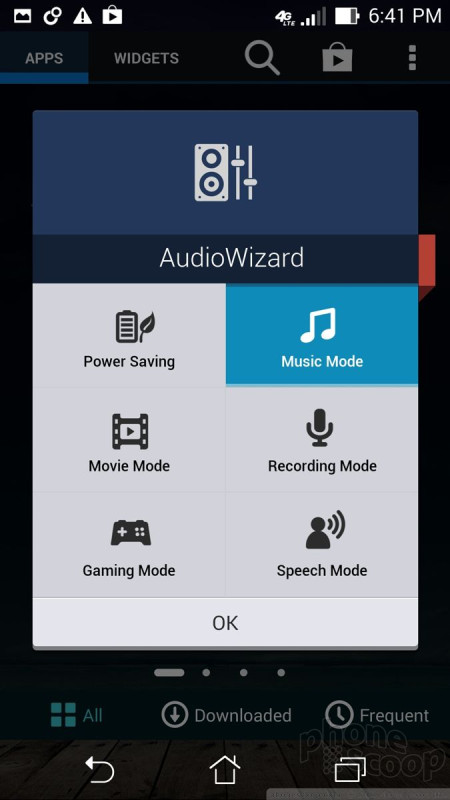





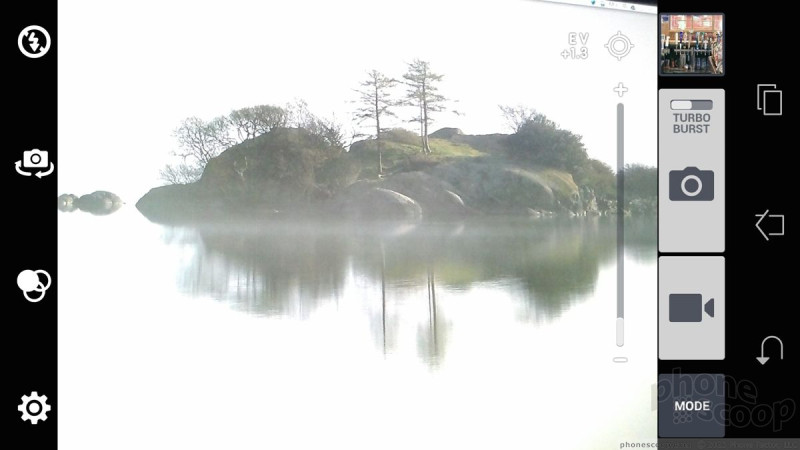




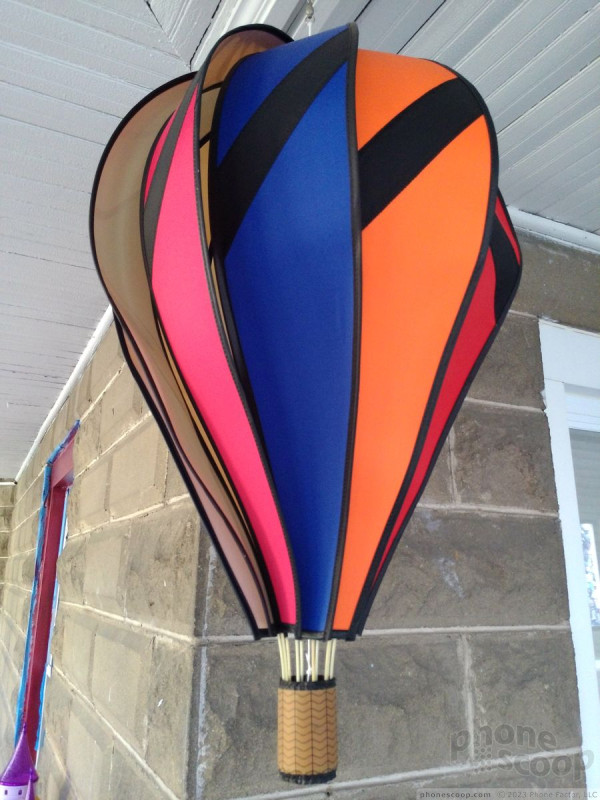











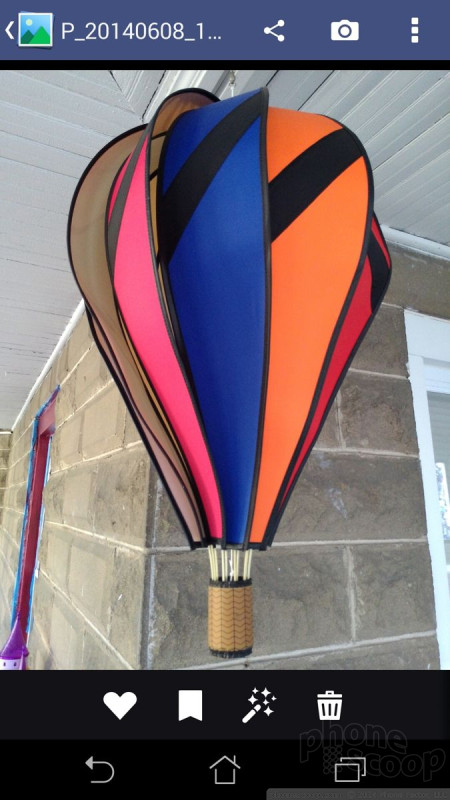















 Hands-On: Asus PadFone X
Hands-On: Asus PadFone X
 Hands-On: Asus Padfone Mini, PadFone X
Hands-On: Asus Padfone Mini, PadFone X
 AT&T to Sell Asus PadFone X June 6 for $200
AT&T to Sell Asus PadFone X June 6 for $200
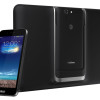 Asus PadFone X to Reach U.S. Consumers Thanks to AT&T
Asus PadFone X to Reach U.S. Consumers Thanks to AT&T
 Asus Goes Big with Zenfone 11 Ultra
Asus Goes Big with Zenfone 11 Ultra
 Asus PadFone X
Asus PadFone X




